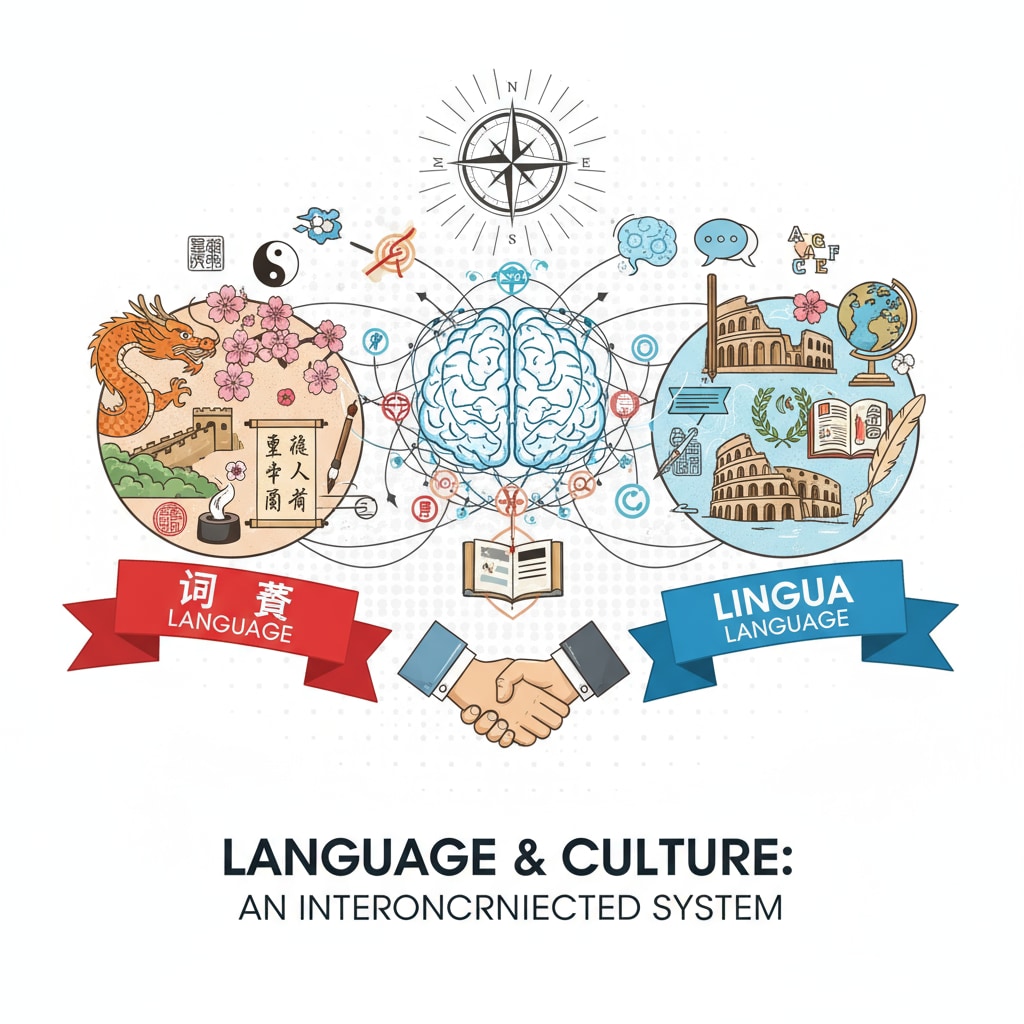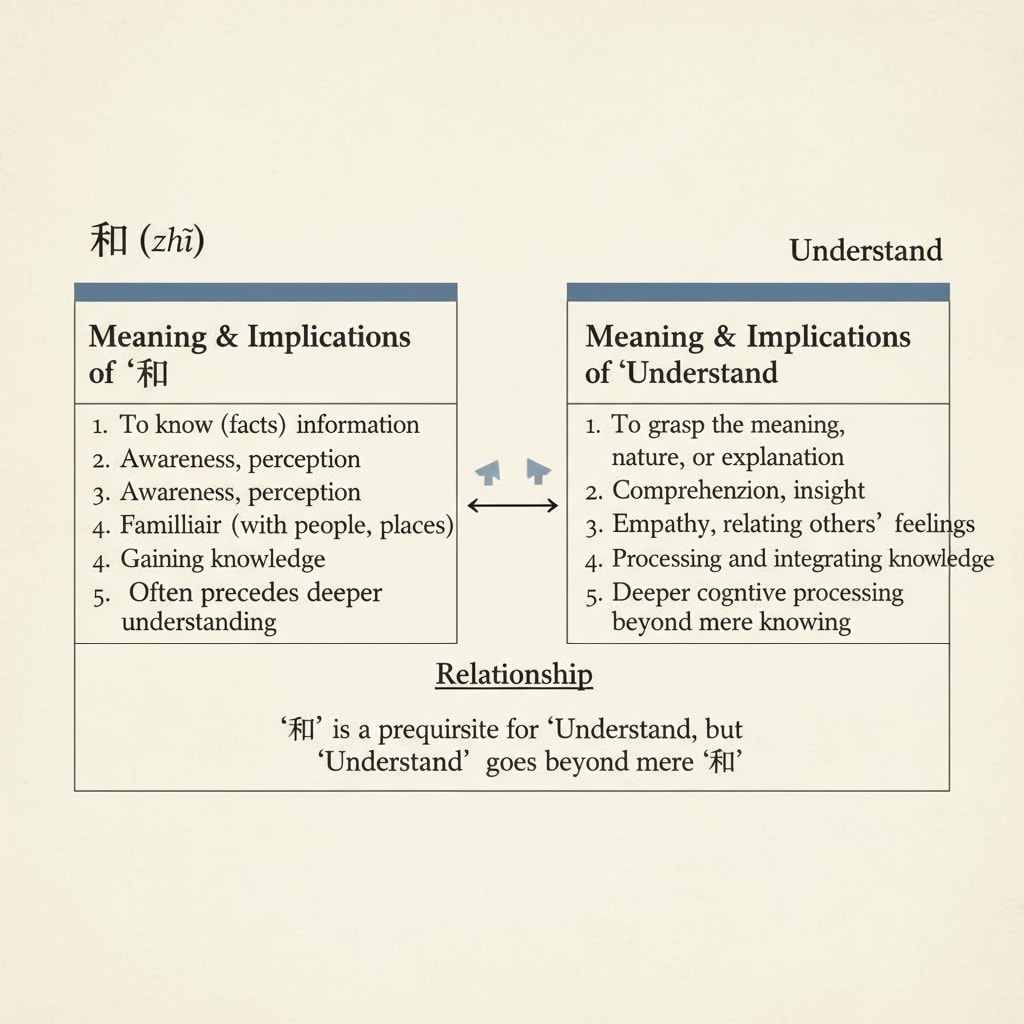In the realm of language and education, the concepts of “知” in Chinese and “understand” in English embody significant language differences and cultural mindsets. These differences have far-reaching implications for K12 education, shaping the way students learn and perceive the world.

The Linguistic Nuances of “知” and “Understand”
The Chinese character “知” encompasses a broad range of meanings. It can simply mean to know a fact or information, but it also implies a more superficial acquaintance. For example, one might “知” a historical event, yet not fully grasp its implications. On the other hand, “understand” in English conveys a deeper level of comprehension. It implies making sense of the underlying principles and relationships. As a result, these linguistic nuances reflect different ways of approaching knowledge acquisition. Language and Thought on Wikipedia

Cultural Mindsets Embodied in Language
For K12 education, integrating these two approaches can be highly beneficial. By combining the strengths of both cultural mindsets, students can develop a more comprehensive understanding of various subjects. Teachers can design lessons that first provide a solid knowledge base through traditional methods and then encourage students to think critically and make connections.
Readability guidance: As we’ve seen, the language differences between “知” and “understand” are not just semantic but also reflect cultural mindsets. By recognizing these differences, educators can enhance the learning experience for K12 students, fostering a more inclusive and effective educational environment.


